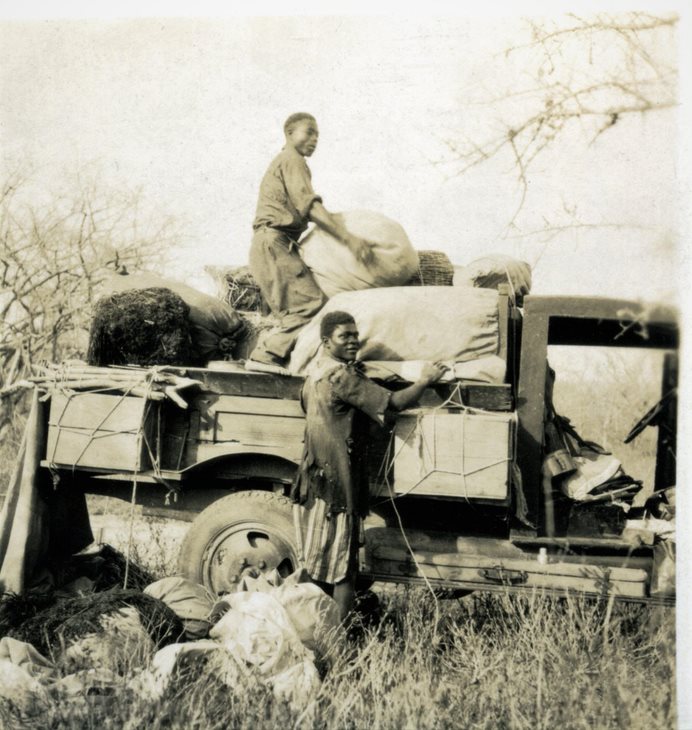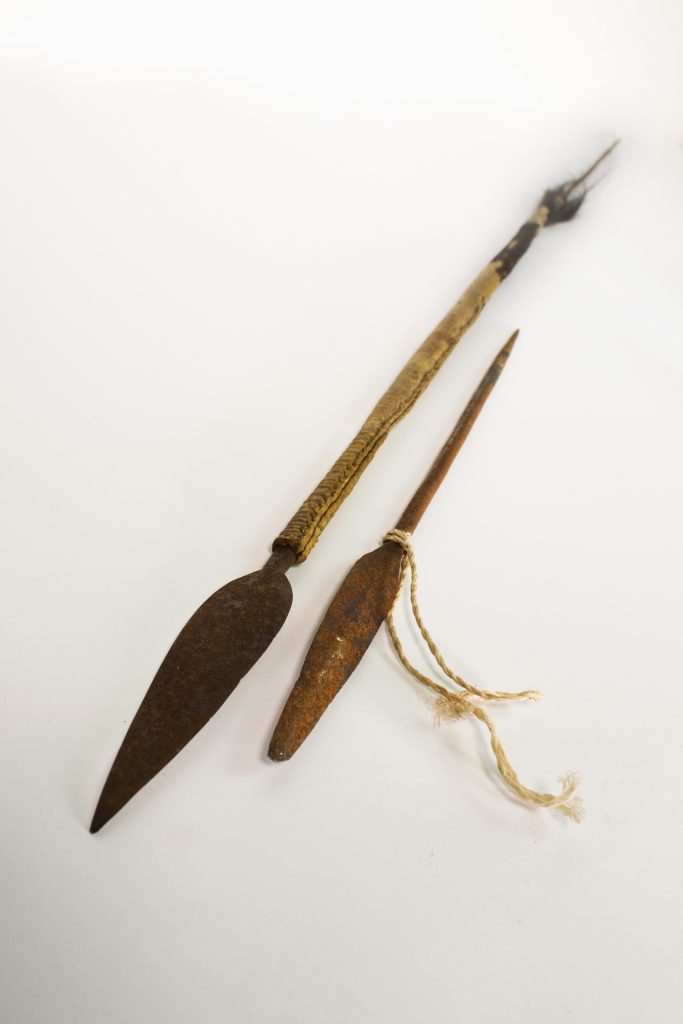Collections, part one
I think there is room for depth, multivocality and nuance in how history is told.
Collections can be a point of access to peoples’ stories, rights and power. Approaches to caring for, talking about, describing and displaying collections can create new possibilities for remembering the past and imagining a better future for all.
Museum collections have historically developed as the result of particular choices about what is worth preserving, collecting and displaying. Decolonising practice asks us to challenge whose value system was used to make these choices and whose stories have been misrepresented or erased. It asks us to acknowledge that there has been a partial version of history being presented as the whole and to actively work to tell more and different versions of our shared history. Decolonising compels us to address issues of control and ownership of collections.
Here, we suggest approaches, actions and prompts for reflection when decolonising collections work. Collaboration is central here, so keep the suggestions from the previous section in mind.
Exhibitions and displaying collections
– Review permanent displays and use the creation of new displays to make colonial connections and legacies explicit. Be transparent about how museums have traditionally privileged elite white perspectives. Address the legacies of colonialism in society today.
– Think about how you can create room for conversations around knowledge gaps in your collections.
– Collaborate and consult with relevant communities to ensure that exhibitions and displays provide a genuine and respectful treatment of their subject matter and enable audiences to gain a deeper understanding of the subject.
– Document, share and acknowledge a range of perspectives and expertise, moving beyond a focus on ‘specialist’ collections knowledge. Keep in mind that interpretation is a method of delivery and does not have to be rigid or fixed.
Case study: The Powell-Cotton Museum – Reimagining the museum
The vision of the Powell-Cotton Museum’s ‘Reimagining’ programme is to be a museum for everyone, making space for people who have historically been silenced. The museum started laying the groundwork for this programme in February 2020, however the Covid-19 pandemic and the level of societal inequality it exposed shifted its focus on what matters.
This work was brought from behind the scenes into the public eye, providing an opportunity to radically rethink what the museum does and how they do it. In June 2020, following the murder of George Floyd, the museum shared a statement supporting Black Lives Matter.
The museum acknowledged its colonialist, racist past and went on to share its aims for decolonising on social media. The museum is now working to embed its commitment to change. You can read more about the vision, aims and values of the Reimagining the Museum programme here.
You can read a case study on the museum’s decolonising museums social media activity here.

Researching collections
Provenance research offers an opportunity to interrogate collections, asking how, why and when were items acquired? Research ties in closely with the second principle of the Code of Ethics, ‘Stewardship of collections’ and can be a way to ‘generate knowledge and engage the public with collections’.
– In many collections, this work can seem like an overwhelming task. You may want to begin by interrogating the histories of items identified as relating to marginalised identities, including those around race, (dis)ability, gender, sexuality and class or those originating from outside the UK, withparticular attention to how those items came into the museum and who was involved.
Case study: The Museum of Cornish Life – Under the Eaves
The Under the Eaves project at the Museum of Cornish Life used collections research as an opportunity to discover hidden stories. Julia Webb-Harvey led the project research, as a volunteer on the Citizen Curator’s programme. Her approach to researching the collection was influenced by decolonising museum debates and actions in other museums, as well as the rise of the Black Lives Matter movement in 2020. You can read more about her research and findings on the Under the Eaves project blog here.

– When undertaking collections research, reflect on who could do the research and what the research questions could be. How will the resulting knowledge be shared and how will those involved be acknowledged? What is the intended impact of the research? What role could participatory research methods play?
– Do the relationship building work to collaborate with people and groups for whom collection items are culturally significant.
– Be quick to share research through your online database, being mindful that museum documentation can be limited, inaccurate or non-existent.
The University of Michigan Museum of Art (UMMA) is running an in-public investigation into 11 African works from its collections as part of the Wish You Were Here: African Art and Restitution exhibition.
– Share collections data and research with organisations and researchers in countries of origin. Examples of this work in action include Local Contexts – Grounding Indigenous Rights, the International Inventories programme and the Reciprocal Research Network.
– Consider who can edit and add to publicly accessible information about collections.
As an open knowledge source, Wikipedia can be a tool for change, involving more people in how information is documented and shared. AfroCROWD is an initiative encouraging more people of African heritage to contribute to Wikipedia.
Image caption: Members of the Sudanese Community in Sussex at the Royal Engineers Museum in September 2021, as part of the Making African Connections project